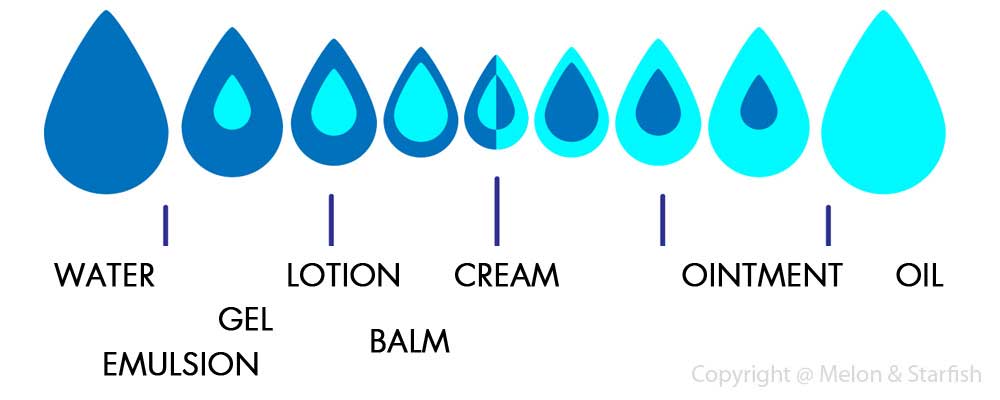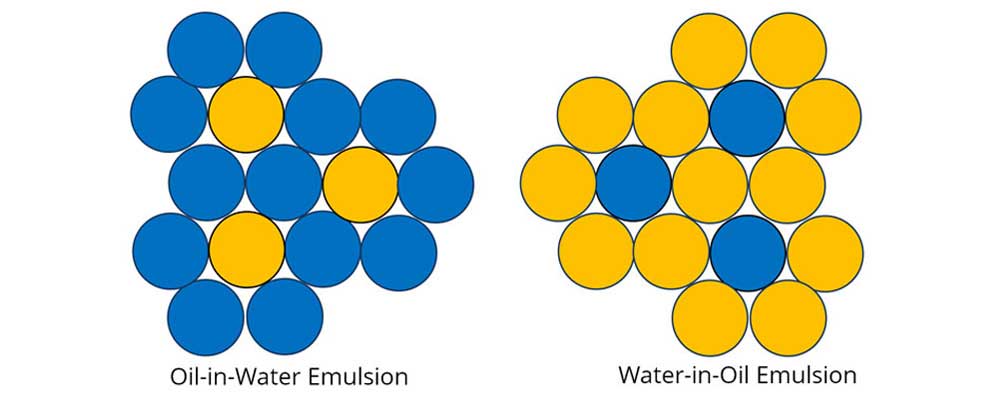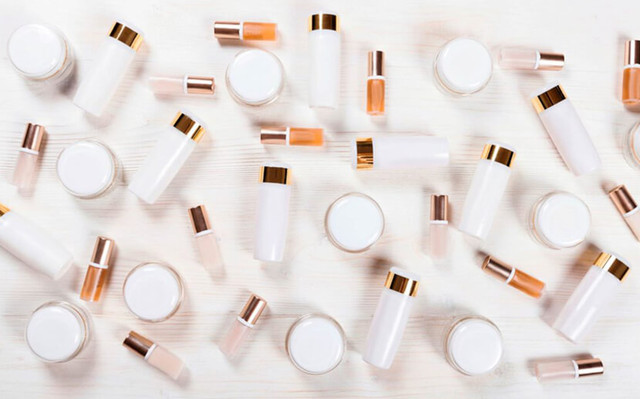A Guide on Which Does What
Posted by Melon & Starfish on 1st Dec 2017
As we know, South Korea is super innovative in skincare and beauty products. With the increasing range of skincare and beauty products, choosing the right product can be quite a hair pulling experience, and we often end up asking ourselves ‘so... which does what again?’
Often, each product proclaims to target a specific skin concern and they come in different textures and forms! To make it easier for you to understand, we’ve created this simple guide.
1. TREATMENT PRODUCTS | ESSENCE, SERUM, AMPULE
Let's start with treatment products. These are usually more pricey than your regular moisturiser. This is because treatment products contain a high concentration of active ingredients, designed to target specific skin problems and maximise absorption of your moisturiser.
So what is the difference? In a nutshell, essences and serums are essentially the same thing! (Bazinga!)
Only minor differences as we summarise below:
❤ Essence is considered as a moisturising agent, containing essential ingredients that your skin needs. They generally enhance cell turnover to make your skin healthier and firmer.
❤ Serum is also a moisturising agent, but more concentrated than essence. It targets specific skin issues like dark spots or wrinkles.
❤ Ampule, on the other hand, is a super-charged serum, containing the highest concentration of ingredients while targeting specific skin problems.
TIP: When applying treatment products, for the best results, your layering order should start from thinner to thicker consistency.
2. MOISTURISING PRODUCTS | EMULSION, GEL, LOTION, BALM, CREAM
Now let's move on to the harder part of this blog - Moisturising products.
“Moisturiser” is just a broad term. They come in many forms — from emulsion, gel, lotion, to cream — all of which work to add another layer of hydration to your skin. Also, it locks in all the goodness from the products you have used earlier in your routine.
Think of moisturisers as a spectrum from water to oil (think Vaseline). On one side of the spectrum, we have pure water content. On the other side, we have pure oil content. Emulsions, gels, lotions, balms, creams, and ointments are just varying combinations of the two.

❤ Emulsion (designed for all skin types)
Scientifically, an emulsion is the colloidal system that consists of two immiscible liquids (in plain English, it is a mixture of two kinds of liquids that generally do not blend well together). In other words, it is the colloidal system where liquid droplets are dispersed in other liquid. For example, milk is an emulsion in which fat droplets are dispersed in water. Its simplest form is 'Water in Oil' or 'Oil in Water' as visualised below:

source: www.chemanalogy.com
In skincare, an emulsion is typically watery and the more lightweight (i.e. highest water content) amongst all types of moisturisers. Emulsions go on after serums / essences and (optionally) before your final moisturiser.
How you use an emulsion depends on your skin type.
- Oily - If a cream moisturiser makes your skin too oily, use emulsion as your final moisturising step before applying sun protection. As a light moisturiser, it does not give the skin the shiny, oily look.
- Combination / Acne-prone - Use emulsion to target excess oil or sebum. You can apply it to your whole face or just targeted areas like T-zone.
- Dry - Double up on emulsion and cream-based moisturiser to lock in extra moisture and make your skin supple.
- Sensitive - So if you have ultra thin and sensitive skin, it is best that you use an emulsion, which is less likely to irritate your skin or clog your pores.
❤ Gel (designed for oily skin)
A gel is essentially an emulsion in composition but comes in solid form. When applied, gel liquefies when in contact with skin.
Gel-based moisturisers tend to be the thinner than lotions or creams. This particular form enhances penetration into your skin, allowing active ingredients to work more effectively. As they are generally non-comedogenic (will not create comedones which are tiny whiteheads or blackheads), it is less likely to clog your pores. Hence, they are perfect for people with oily, acne-prone and sensitive skins or those who live in a warm climate.
3- ways to use a Gel Moisturiser
- As a gateway moisturiser - if you have oily skin, a gel moisturiser sinks in quickly without adding shine. Use it twice a day, in the morning and evening. It leaves your skin with a dewy finish but won't clog pores.
- As a hydration booster - A gel moisturiser prevents water from evaporating from the skin and helps build up the skin's moisture barrier.
- As a treatment for sensitive skin - It can turn sensitive skin into dewy skin. Chill your gel moisturiser in the fridge and it will help calm redness.
❤ Lotion (designed for normal / slightly dry skin)
A lotion has a richer formula than a gel. It tends to be more light-weight, non-greasy in texture than a cream. In composition, lotions are similar to creams (both are mixtures of oil and water). But lotions have oil content lower than 50% and sometimes contain no oils at all.
They penetrate into the skin better than creams, partly due to smaller molecular structure. They are excellent for normal to slightly dry skin types, especially those people who are in dry climates.
So, the basic rule is to use lotion during the day and in hot summer months, when you want a product to absorb fast and not leave a greasy residue on your skin.
❤ Balm
Balm gives more moisture than a cream, and is best used on specific areas. It is more suitable if you have dry patches or are using it at night.
A balm (also called liniment) is traditionally a medicated topical preparation to be applied to the skin. The viscosity (thickness) of a balm is somewhere between that of a lotion and a cream or ointment. However, unlike a lotion, a balm requires friction and must be rubbed or massaged into the skin for proper application.
❤ Cream (designed for dry / ultra dry skin)
A cream-based moisturiser, being the richest of all, is most suitable for dry or ultra dry skin.
It is a semi-solid emulsion of oil and water in approximately equal proportions which penetrates the outer layer of skin. Creams are generally applied with one's fingers or palms. Creams create a barrier on the skin, and help skin retain moisture, which is why it is recommended for night time use.
Content Copyright © 2019, Melonandstarfish.com
Love,
Melon & Starfish




